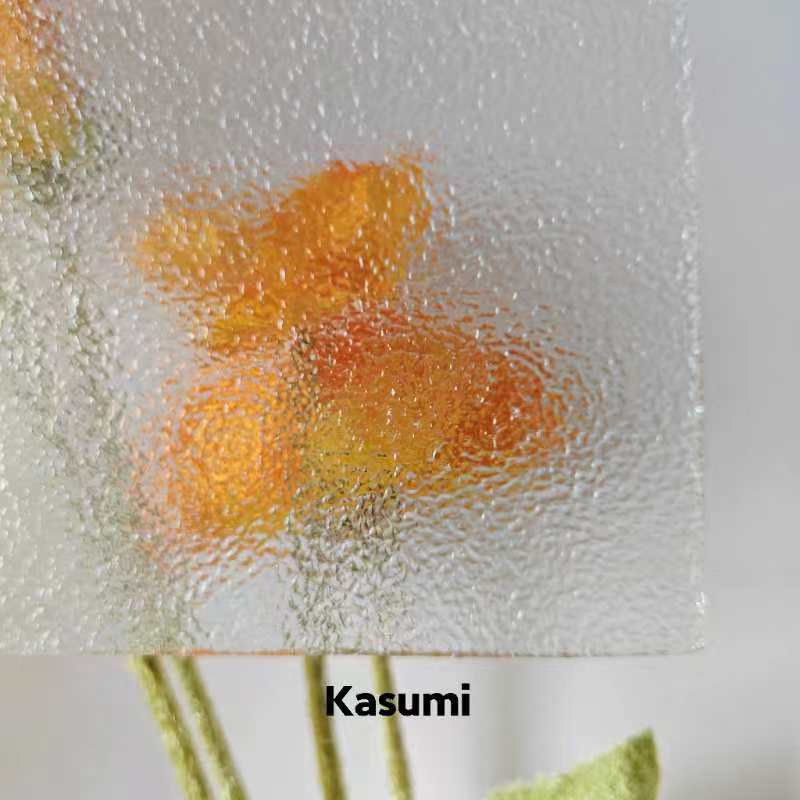

The Benefits of Solar Low-E Glass in Modern Architecture
In recent years, sustainability has become a cornerstone of modern architectural design. Among various innovations aimed at reducing a building’s environmental impact, solar low-emissivity (Low-E) glass has emerged as a critical material in improving energy efficiency and comfort in both residential and commercial settings. This specialized glass plays a crucial role in harnessing solar energy while minimizing heat loss, thus offering a range of significant benefits.
Understanding Solar Low-E Glass
Solar low-E glass is designed to reflect solar energy while allowing natural light to permeate through. It is coated with a thin layer of metallic oxides that selectively filters out specific wavelengths of light. The primary purpose of this coating is to prevent heat from escaping during cold months and to reduce heat gain in warmer months. This makes low-E glass an essential component in climate-responsive architecture, helping to maintain a stable indoor environment year-round.
Energy Efficiency and Cost Savings
One of the standout advantages of solar low-E glass is its ability to enhance a building’s energy efficiency significantly. By minimizing heat exchange, it reduces the demand for heating and cooling systems. This results in lower energy consumption and, consequently, reduced utility bills. According to studies, buildings fitted with low-E glass can save up to 20% to 30% more energy compared to those with standard windows. This not only benefits homeowners and businesses financially but also contributes to a decrease in overall greenhouse gas emissions, aligning with global sustainability goals.
Enhancing Indoor Comfort

In addition to its energy savings, solar low-E glass vastly improves indoor comfort. Traditional windows can lead to uncomfortable temperature fluctuations, with hot spots near windows and drafts from air leaks. Low-E glass mitigates these issues by maintaining a more consistent temperature throughout the space. Moreover, it reduces glare, making interiors more pleasant for occupants. This higher level of comfort can significantly enhance the quality of life for residents and improve productivity in office environments.
Protection Against UV Rays
Another critical benefit of solar low-E glass is its ability to filter out harmful ultraviolet (UV) rays. Prolonged exposure to UV radiation can cause fading of fabrics, artworks, and furniture. Low-E glass blocks up to 99% of these rays, protecting interiors from sun damage while still allowing generous natural light. This feature is particularly valuable in homes filled with artwork or in commercial spaces showcasing products, where maintaining color integrity and avoiding damage is crucial.
Aesthetic Appeal
Modern architecture places a high value on aesthetics, and solar low-E glass delivers in this aspect as well. Available in various styles and tints, it can be used creatively to enhance the visual character of a building. Whether it’s a sleek, minimalist façade or a complex, artistic design, low-E glass provides flexibility without compromising on energy efficiency or functionality. Additionally, the clarity and reduced distortion of this type of glass allow for stunning views while maintaining the benefits of insulation.
Conclusion
Incorporating solar low-E glass into modern architectural projects represents a significant step towards sustainable living. With its ability to reduce energy costs, enhance indoor comfort, protect against UV radiation, and contribute to beautiful designs, it is a wise investment for builders, homeowners, and commercial property owners alike. As we continue to address global environmental challenges, embracing innovative materials like solar low-E glass will be essential in creating structures that are not only functional but also environmentally responsible.